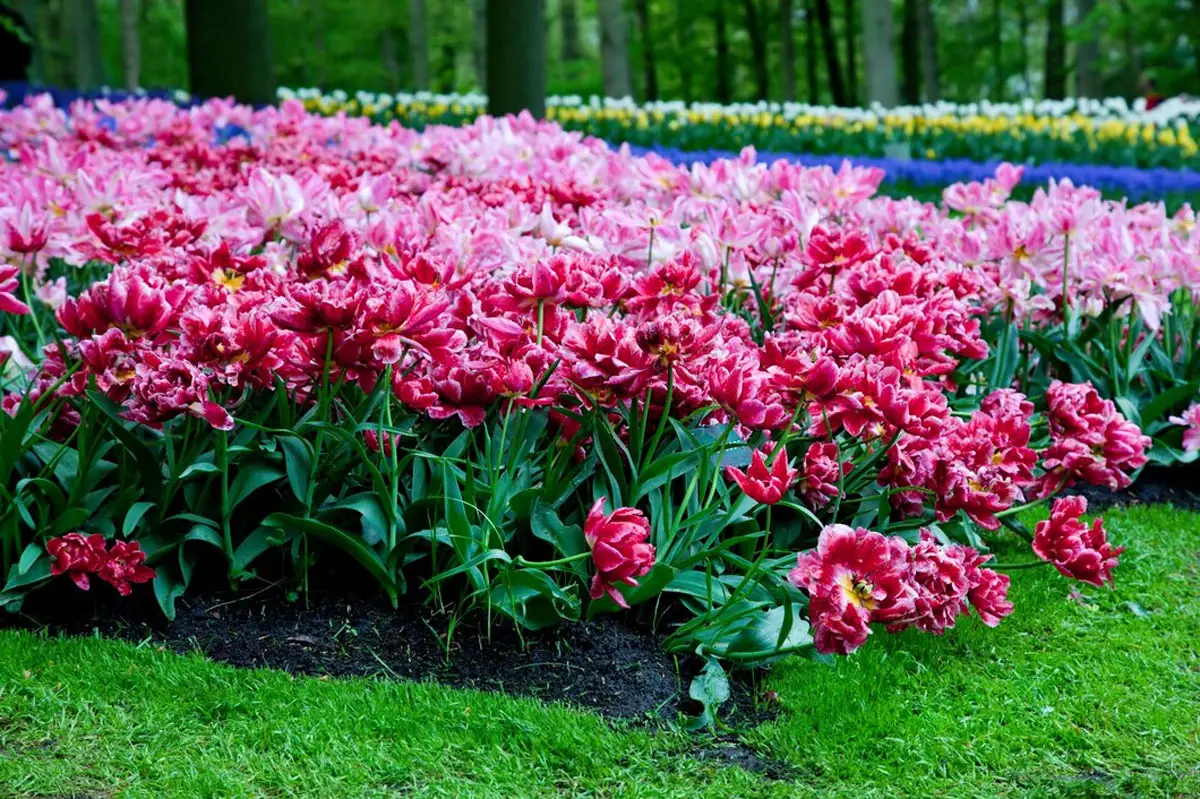Expert Landscaping and Gardening Tips for a Beautiful Outdoor Space

A well-designed garden is more than just a collection of plants—it’s a living space that adds character to your home. Whether you’re working with a small backyard or acres of land, a thoughtful approach can turn any outdoor area into a stunning retreat. From choosing the right plants to maximising functionality, expert landscaping techniques make all the difference.
Of course, crafting a balanced and visually appealing garden takes more than just a green thumb. Professionals, such as garden design experts like Elementa Design, understand how to harmonize elements like texture, colour, and structure. But even if you’re handling the work yourself, the right strategies will help you create a space that thrives season after season.
In this guide, we’ll cover essential landscaping and gardening tips to help you make the most of your outdoor space—no matter your level of experience.
1. Start with a Solid Plan
Every successful garden begins with a plan. Before digging or planting, take the time to assess your space. Consider factors like sun exposure, soil quality, and climate. Sketching a rough design can help you visualise where different elements will go.
● Define your purpose – Are you creating a relaxing retreat, a play area for kids, or a productive vegetable garden? Identifying your goals will guide your design choices.
● Think about traffic flow – Pathways, patios, and seating areas should be placed for easy navigation.
● Balance aesthetics with function – A well-designed space should be both beautiful and practical.
By planning ahead, you avoid costly mistakes and ensure your garden remains cohesive as it evolves.
2. Choose the Right Plants for Your Climate
Not all plants thrive in every environment. One of the biggest mistakes homeowners make is choosing plants based on looks alone, without considering whether they’re suited to their region.
● Opt for native plants – These require less maintenance and are naturally adapted to local conditions.
● Group plants by water needs – This makes irrigation more efficient and prevents over- or under-watering.
● Consider seasonal interest – Choose a mix of plants that bloom at different times to keep your garden vibrant year-round.
When plants are well-suited to their surroundings, they require less effort to maintain and are more likely to thrive.
3. Layering and Structure: The Key to a Professional Look
Great garden design isn’t just about selecting the right plants—it’s about how you arrange them. Layering plants creates depth and makes your landscape feel fuller.
● Use the “thriller, filler, spiller” method – In flower beds and containers, place tall focal plants in the back (thrillers), medium-height plants in the middle (fillers), and cascading varieties near the edge (spillers).
● Incorporate different textures – Mix fine, medium, and coarse foliage to add contrast.
● Don’t forget hardscaping – Elements like stone pathways, wooden fences, or a corten steel water feature will provide structure and prevent the space from looking overgrown.
By thinking in layers, you create a garden that feels intentionally designed rather than randomly planted.
4. Master the Art of Low-Maintenance Landscaping
A beautiful garden shouldn’t mean endless upkeep. With smart choices, you can reduce the time spent on maintenance while keeping your landscape looking fresh.
● Mulch is your best friend – It retains moisture, prevents weeds, and improves soil health.
● Opt for perennial plants – Unlike annuals, which need to be replaced each season, perennials come back year after year.
● Install drip irrigation – It’s more efficient than traditional sprinklers and delivers water directly to plant roots.
● Choose slow-growing shrubs – They require less pruning and upkeep.
By prioritising easy-care plants and features, you can enjoy your garden without constant work.
5. Smart Watering: Do It Right, Save More
Watering your garden properly is just as important as choosing the right plants. Too much water can lead to root rot, while too little can stunt growth.
● Water deeply, but less frequently – This encourages deep root growth, making plants more drought-resistant.
● Water in the morning – Early watering reduces evaporation and prevents fungal diseases.
● Use rain barrels – Collecting rainwater is an eco-friendly way to cut down on water usage.
Efficient watering practices save both time and resources while keeping your garden healthy.
6. Make the Most of Small Spaces
Even if you don’t have a sprawling yard, you can still create a stunning landscape. Small gardens require strategic design to maximise space.
● Go vertical – Use trellises, wall planters, and hanging baskets to add greenery without taking up ground space.
● Choose multi-purpose furniture – Benches with built-in storage or foldable chairs help save room.
● Use mirrors and light colours – Reflective surfaces make small gardens feel more open.
With the right approach, even a compact garden can feel spacious and inviting.
7. Seasonal Care: Keep Your Garden Thriving Year-Round
A great garden isn’t just about how it looks in spring and summer. It’s important to prepare for all seasons.
● Spring – Prune dead branches, fertilise soil, and start planting for the growing season.
● Summer – Stay on top of watering, remove spent flowers (deadheading), and watch for pests.
● Autumn – Add mulch, plant bulbs for spring blooms, and clean up fallen leaves.
● Winter – Protect plants from frost with covers or mulch, and consider adding evergreen plants for winter interest.
Proper seasonal care ensures that your garden remains vibrant throughout the year.
8. Create a Wildlife-Friendly Garden
Inviting birds, bees, and butterflies into your garden not only enhances its beauty but also helps the environment.
● Plant pollinator-friendly flowers – Bees and butterflies love lavender, echinacea, and sunflowers.
● Add a birdbath or feeder – These encourage wildlife to visit and help maintain biodiversity.
● Avoid chemical pesticides – Opt for natural pest control methods like companion planting.
A garden that supports local wildlife is both sustainable and rewarding.
9. Lighting: Extend Your Garden’s Enjoyment into the Night
Outdoor lighting can transform your garden, making it usable even after sunset.
● Pathway lights improve safety – They guide visitors and prevent trips and falls.
● String lights create ambiance – Hanging them over a patio or pergola adds warmth.
● Spotlights highlight key features – Use them to draw attention to beautiful trees, sculptures, or water features.
With the right lighting, your garden becomes a space you can enjoy at any hour.
Final Thoughts
Landscaping and gardening don’t have to be complicated. With thoughtful planning, the right plant choices, and a few strategic design elements, you can create an outdoor space that is both beautiful and functional. Whether you’re a beginner or an experienced gardener, these expert tips will help you get the most out of your yard.
By keeping maintenance manageable, choosing plants wisely, and using smart design techniques, you’ll enjoy a thriving garden that enhances your home’s appeal. And remember—gardening is a journey, not a destination. Take your time, experiment, and most importantly, have fun!










